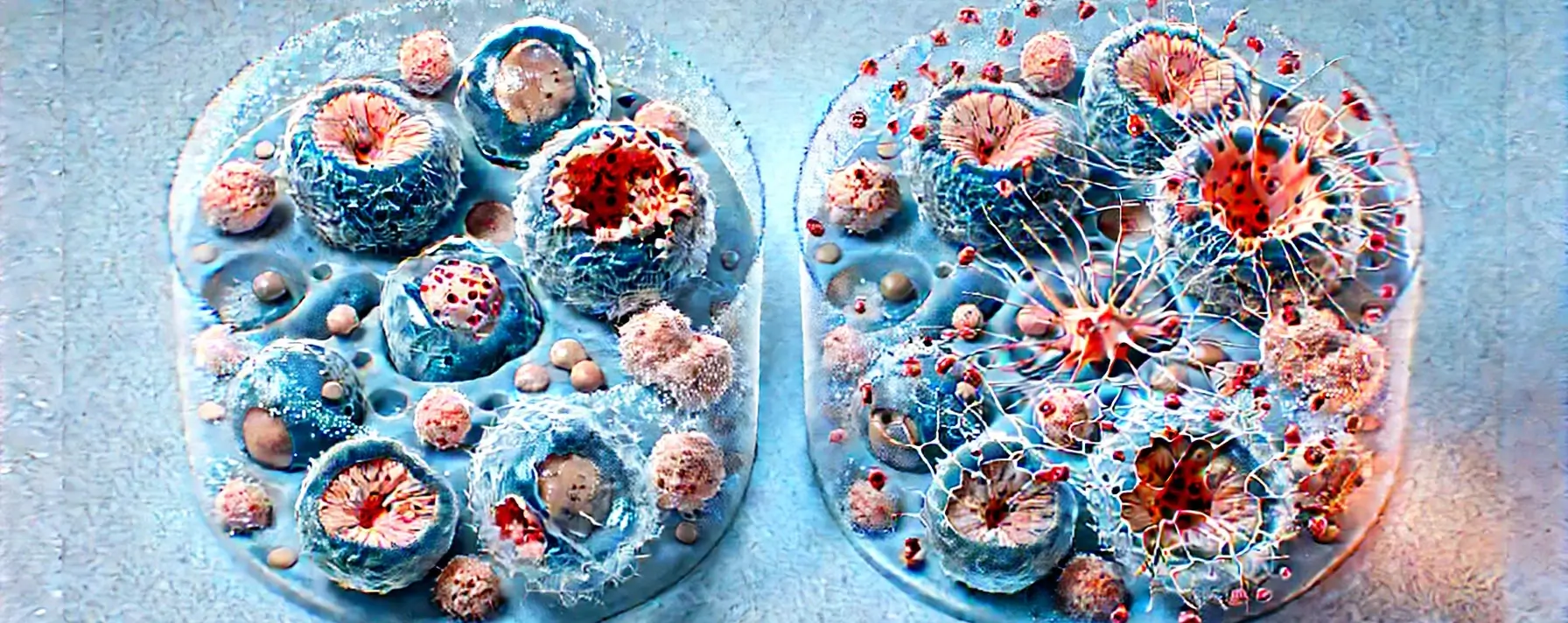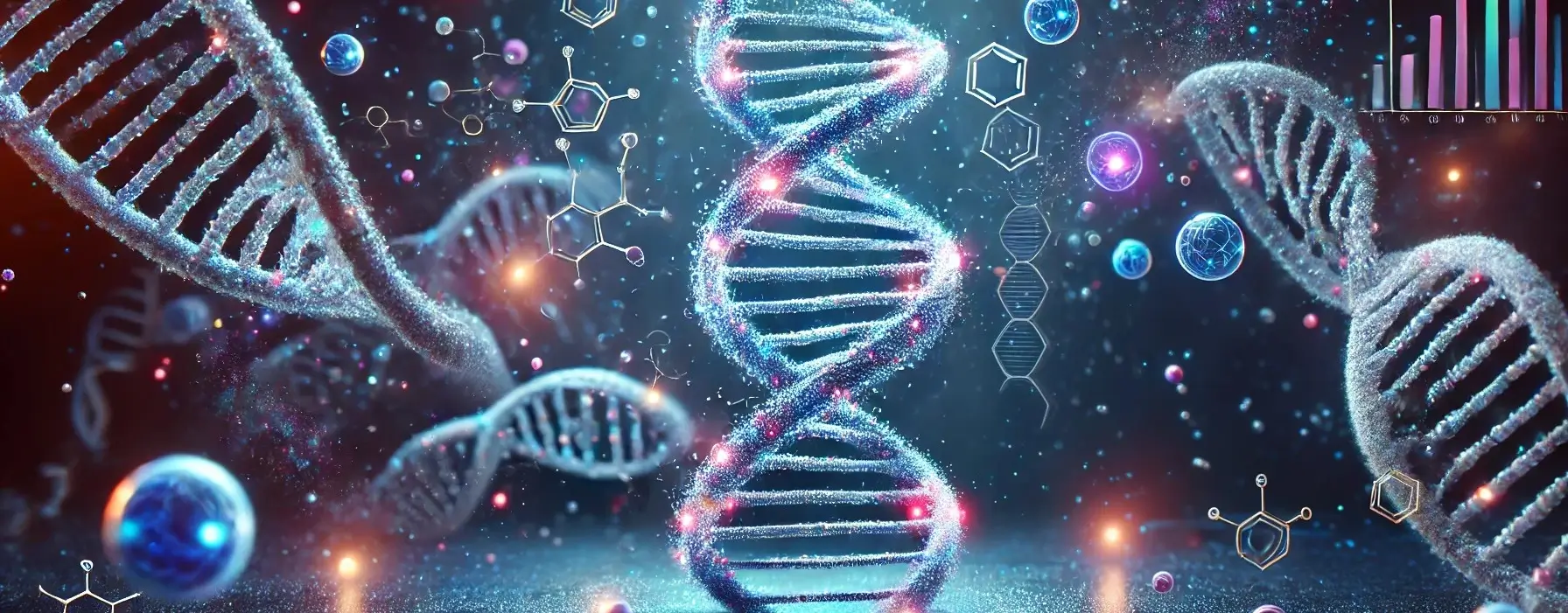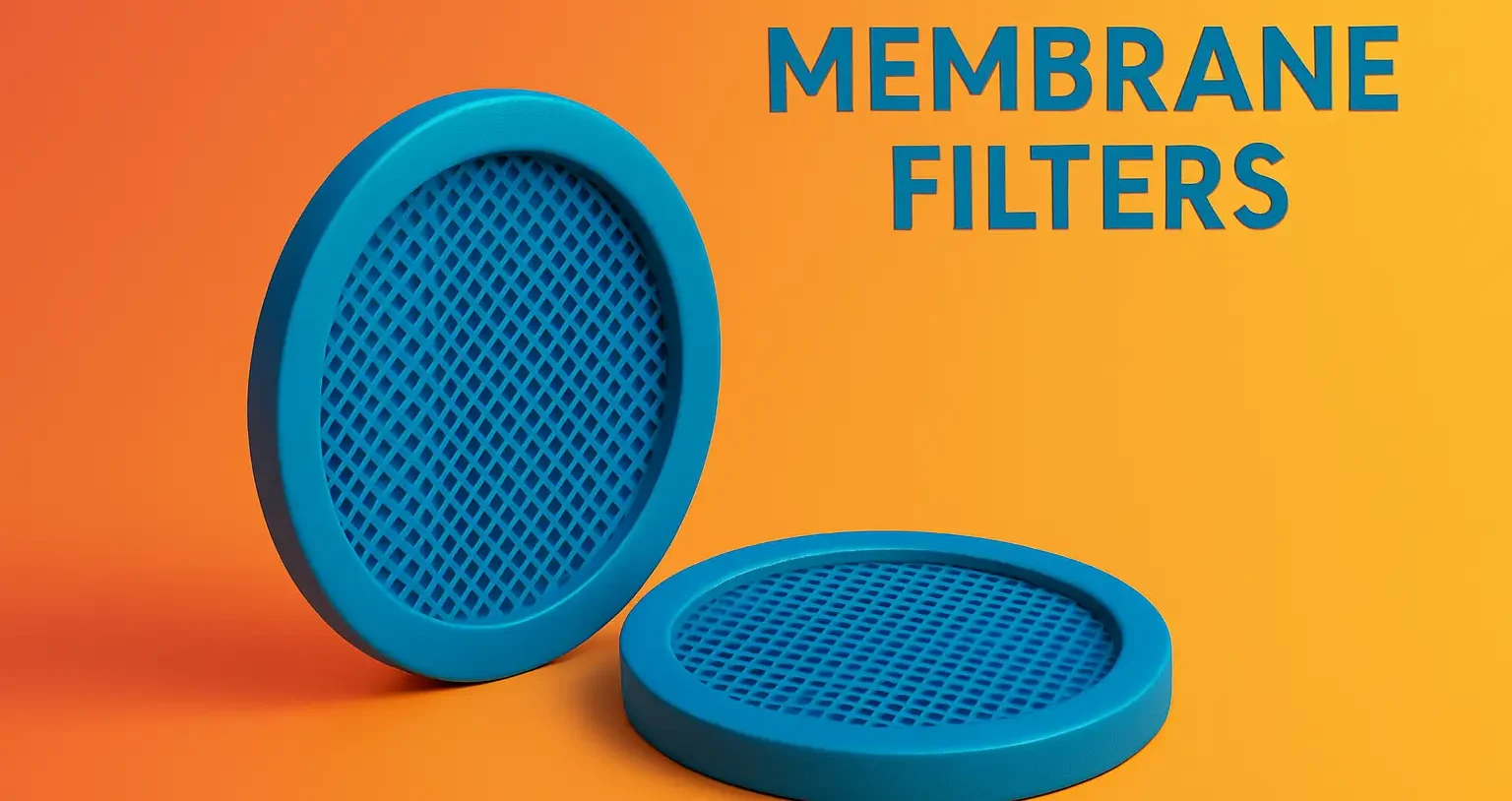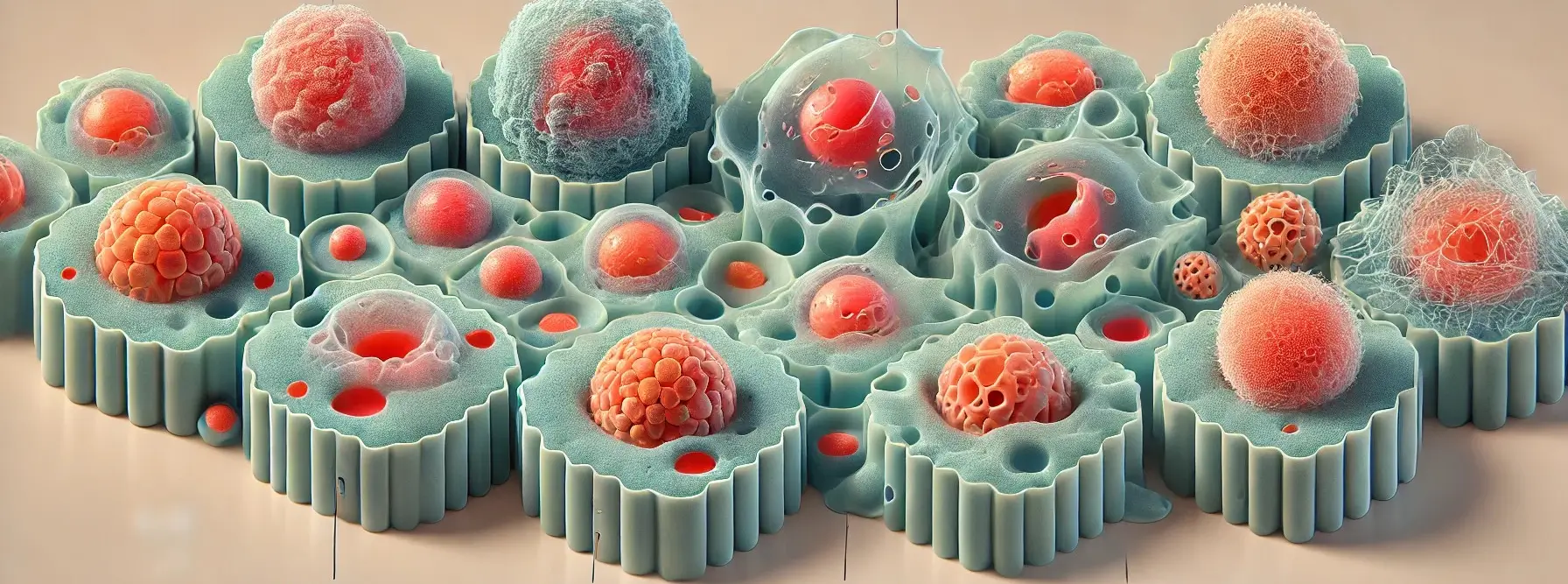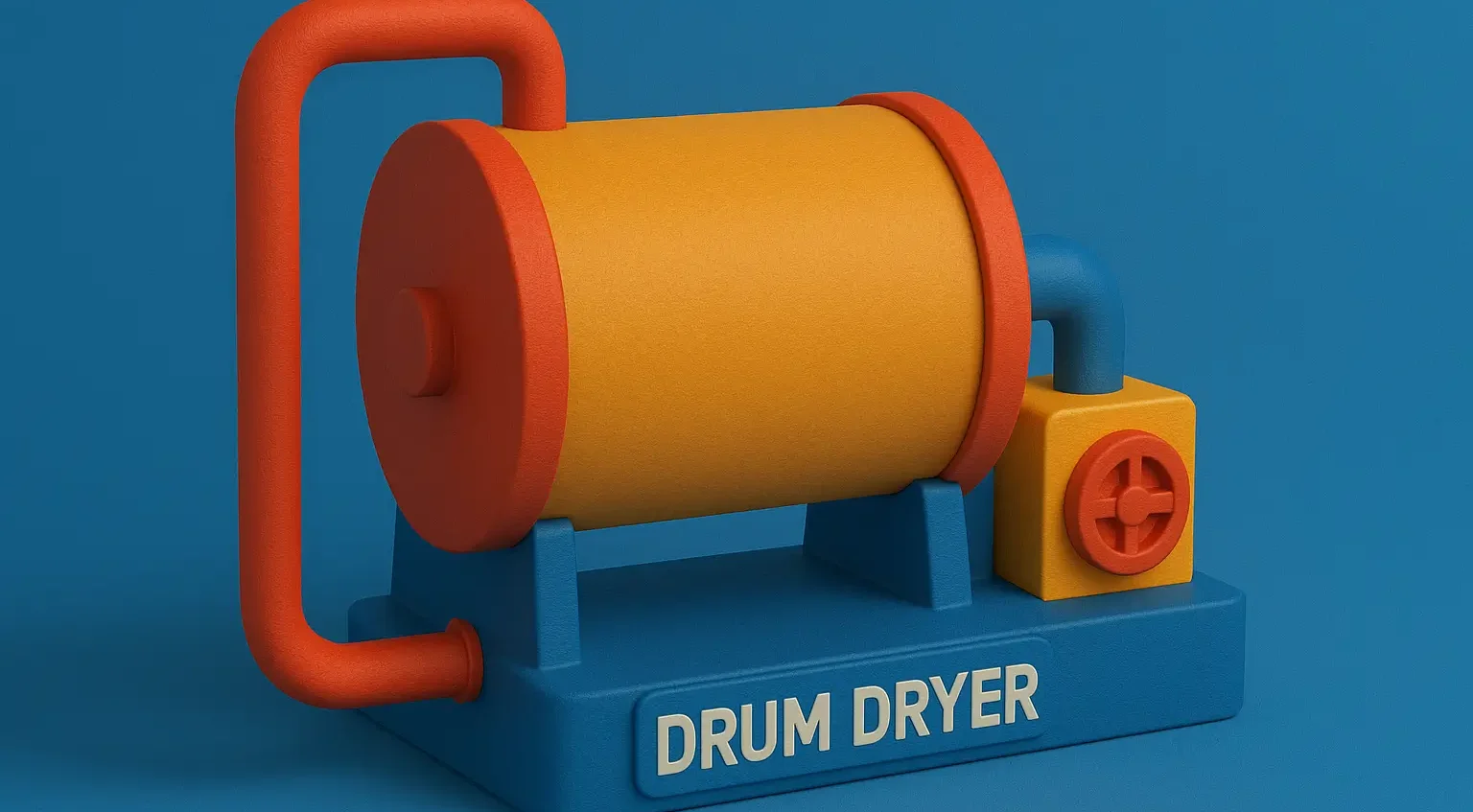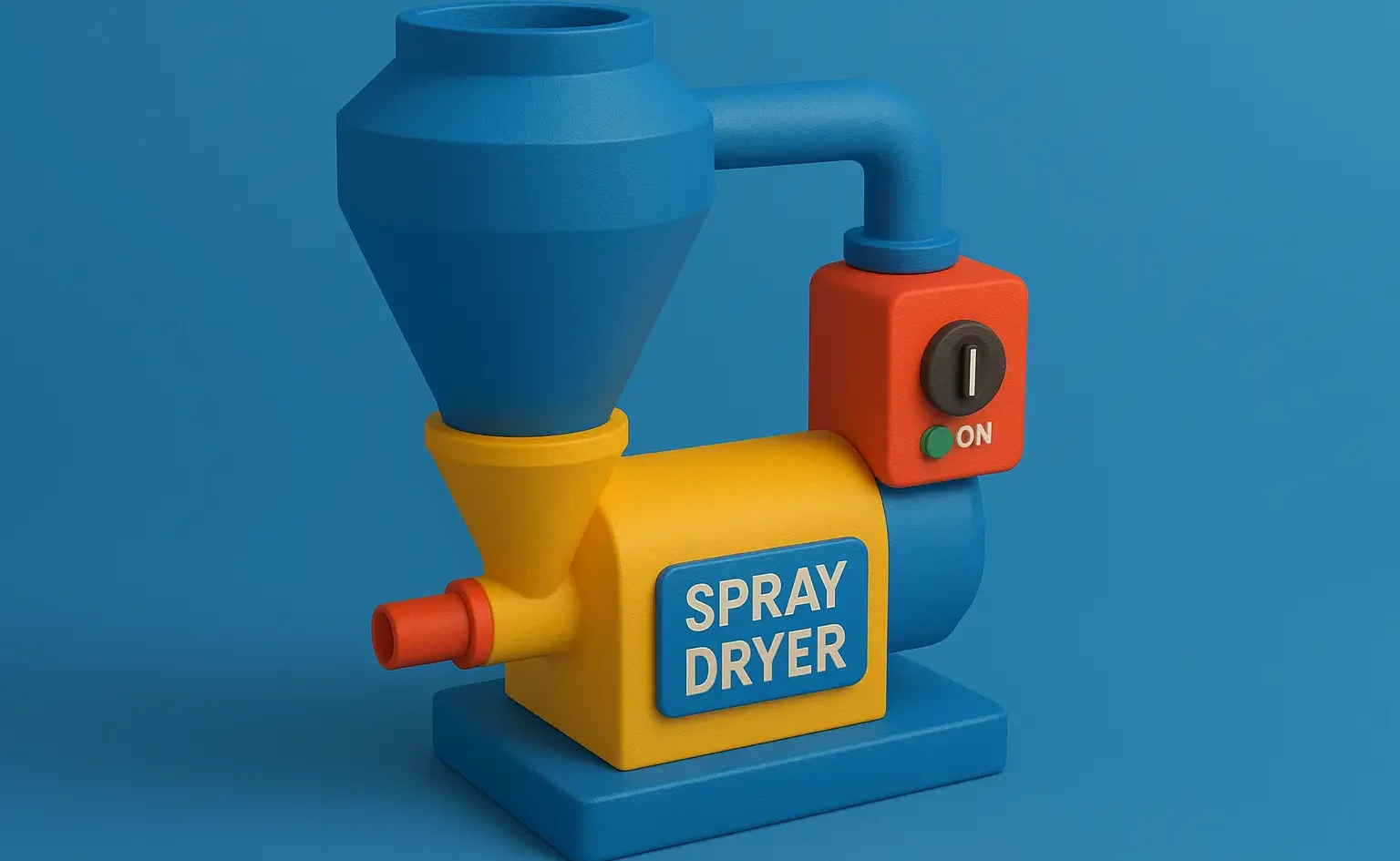Adaptive Changes
Adaptive changes are modifications that cells undergo in response to chronic stress or injurious stimuli, allowing them to survive and maintain function. These changes can be either physiological (normal) or pathological (abnormal). The main types of adaptive changes include atrophy, hypertrophy, hyperplasia, metaplasia, and dysplasia. 1. Atrophy Description: Reduction in cell size and function due … Read more


